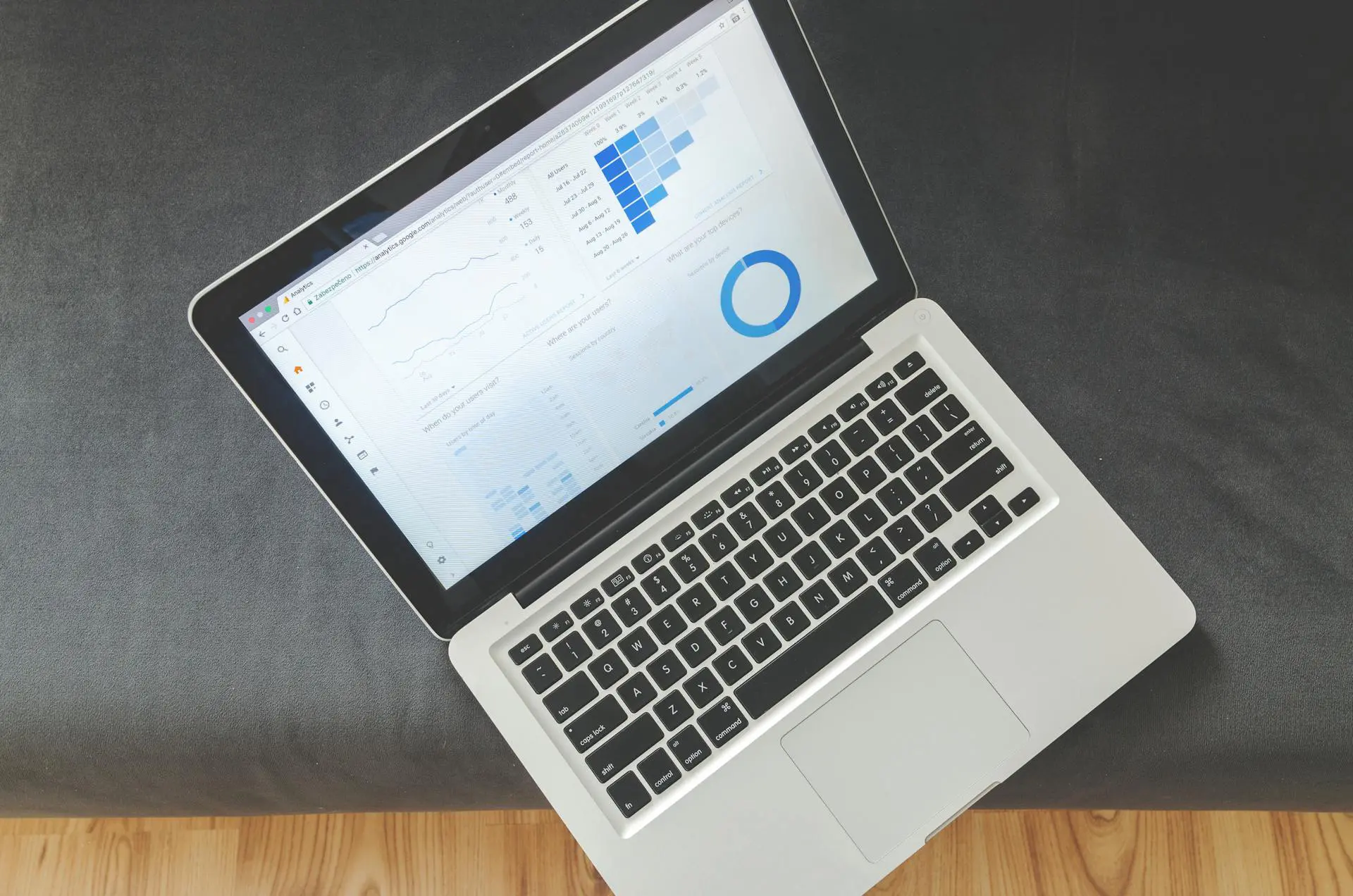In today’s data-driven world, organizations are swimming in a sea of information. But how do you ensure this valuable resource doesn’t turn into a murky swamp? Enter data stewardship – your lifeguard in the data lake.
Data stewardship is more than just a buzzword; it’s a critical practice that helps organizations effectively manage and leverage their data assets. But what is data stewardship, and why should you care? Let’s dive in and explore this essential aspect of modern data management and governance.
What is data stewardship and why is it important?
Take a country. Most countries have many inhabitants living, acting, and having an effect on the happenings of the country. Usually, they are bound to rules and laws which are decided on by a government or by social agreement, and enforced by bodies like the police force, or a responsible parent. If you understand this, you understand data governance, stewardship, and management.
- Data governance is how the government is organized (aka the Constitution), and what it produces (decisions & laws)
- Data stewardship is about what the police do; that is, enforcing the aforementioned laws
- Data management is what you, as a citizen (or a responsible parent) do on a daily basis, that is living and acting as happily as possible in the limits given by the laws
Data stewardship is the practice of managing and overseeing an organization’s data assets to ensure their quality, accessibility, and security. It’s like having a dedicated caretaker for your data, making sure it’s always in top shape and ready to use.
What does a data steward do?
Data stewards have a number of crucial roles and responsibilities, including:
- Managing the entire data lifecycle: A key aspect of data stewardship is managing the entire data lifecycle, from creation to deletion. This ensures data remains valuable and compliant throughout its existence within the organization.
- Maintaining data quality and consistency: Data stewardship plays a crucial role in maintaining data quality and consistency. By establishing and enforcing data standards, it helps prevent issues like data silos, inconsistencies, and redundancies.
- Supporting compliance and risk management: Effective data stewardship is also essential for regulatory compliance and risk management. It helps organizations adhere to data protection laws and industry standards, reducing the risk of data breaches and non-compliance penalties.
- Improving decision-making: Data stewardship supports better decision-making by ensuring data is accurate, up-to-date, and easily accessible to authorized users. This enables data-driven strategies and operations across the organization.
- Promoting a data-driven culture: By promoting a data-driven culture, data stewardship helps organizations maximize the value of their data assets. It encourages responsible data use and fosters innovation based on reliable insights.
- Bridging the gap between IT and the wider business: Data stewardship bridges the gap between IT and business units, ensuring that technical data management aligns with business objectives. This alignment is crucial for deriving strategic value from data investments.
Data steward vs. data owner vs. data custodian
In the world of data management, there are several key players. Understanding their roles is crucial for effective data stewardship.
- Data stewards are responsible for the day-to-day management of data assets, implementing governance policies and ensuring data quality. They often have both technical and business skills, allowing them to translate between IT and business needs.
- Data owners, typically senior executives or department heads, have overall accountability for specific data assets. They define high-level policies and strategic direction for data use but may not be involved in daily data management.
- Data custodians, usually IT professionals, are responsible for the technical aspects of data storage, maintenance, and security. They manage the infrastructure and implement security measures to protect data assets.
The key difference lies in their focus: stewards on operational data quality and usage, owners on strategic alignment, and custodians on technical maintenance and security. This division of responsibilities ensures comprehensive Master Data Management (MDM).
Data stewards act as liaisons between data owners and custodians, translating business requirements into technical specifications and vice versa. This coordination is crucial for effective data governance and use.
While data owners make high-level decisions about data usage and access, data stewards implement these decisions on a practical level. Data custodians then ensure the technical environment supports these implementations.
Different types of data stewards explained
Just as there are different types of data, there are various types of data stewards. Each plays a unique role in managing an organization’s data assets:
- Business data stewards focus on the operational aspects of data within specific business units or departments. They have deep knowledge of business processes and how data is used in day-to-day operations, ensuring data aligns with business needs and objectives.
- Technical data stewards concentrate on the technical aspects of data management, including data architecture, integration, and quality. They work closely with IT teams to implement data governance policies and maintain data integrity across systems.
- Enterprise data stewards have a broader, organization-wide perspective on data management. They coordinate efforts across different departments and ensure consistency in data practices throughout the organization, often acting as liaisons between business and IT.
- Domain data stewards specialize in specific types of data or subject areas, such as customer data, financial data, or product data. They develop deep expertise in their domain and ensure that data is managed according to domain-specific requirements and best practices.
- Operational data stewards focus on the day-to-day execution of data governance policies and procedures. They handle routine data quality checks, access requests, and issue resolution, ensuring smooth data operations across the organization.
- Strategic data stewards work at a higher level, focusing on long-term data governance strategy and alignment with business goals. They often collaborate with senior leadership to develop data-driven initiatives and ensure data stewardship efforts support overall business strategy.
- Compliance data stewards specialize in ensuring data management practices adhere to regulatory requirements and industry standards. They stay up-to-date with data protection laws and work to implement necessary controls and processes.
- Analytics data stewards focus on preparing and maintaining data for business intelligence and analytics purposes. They ensure data is structured and documented in ways that facilitate accurate and efficient analysis, supporting data-driven decision-making.
Data stewardship examples
Data stewardship isn’t just a theoretical concept – it has real-world applications across various industries. Here are a few examples:
Healthcare
Data stewards ensure patient records are accurate, up-to-date, and securely stored. They implement privacy safeguards to protect sensitive medical data and provide patients with secure access to their health information.
Financial Services
Data stewards maintain the accuracy of customer account information and transaction histories. They implement robust security measures to protect financial data and provide customers with tools for financial insights.
Retail and e-commerce
Stewards manage customer profiles and purchase history data. They ensure product information is consistent across systems and safeguard customer payment information.
Education
Data stewards manage student records, academic performance data, and institutional research information. They ensure data privacy compliance and facilitate data-driven decision-making in educational policy and practice.
Data stewardship tools
Data stewards rely on a variety of tools to effectively manage data assets:
-
- Data catalogs are essential for documenting and organizing metadata about data assets. They provide a centralized inventory of available data, enabling efficient data discovery and understanding across the organization.
-
- Data quality tools help monitor and measure data quality metrics, identifying and flagging issues. These tools often include automated data cleansing and standardization features, which are crucial for maintaining high data quality.
-
- Data governance platforms centralize data policies, standards, and procedures. They help manage data stewardship workflows, track data-related issues, and ensure compliance with governance policies.
-
- Master Data Management (MDM) systems create and maintain a single, authoritative source of master data. This ensures consistency of critical data across systems, supporting data stewards in managing data quality and consistency.
-
- Data lineage tools track data origins and transformations, visualizing data flows through systems. They aid in impact analysis and regulatory compliance, helping data stewards understand and manage the data lifecycle.
-
- Metadata management tools help data stewards create, control, and maintain metadata. This supports data governance efforts by providing context and meaning to data assets.
-
- Data privacy and security tools assist in implementing and monitoring data protection measures. They help data stewards ensure compliance with data protection regulations and safeguard sensitive information.
5 data stewardship principles
Want to excel at data stewardship? Here are five principles to follow:
-
- Maintain high data quality through regular monitoring and cleansing. Implement validation rules, review data quality metrics consistently, and address issues promptly to ensure data remains accurate and reliable.
-
- Ensure robust data privacy and security measures are in place. Stay informed about data protection laws, implement appropriate safeguards, and develop comprehensive data breach response plans.
-
- Promote compliance with data governance policies through continuous education and monitoring. Regularly train staff on data policies, quickly address deviations, and update policies to reflect changing business needs.
-
- Use comprehensive data catalogs to manage and organize data assets effectively. This promotes transparency, aids in data discovery, and provides a clear understanding of data origins, transformations, and uses.
-
- Engage in continuous learning and skill development to stay current with evolving data management practices. Attend industry conferences, participate in professional networks, and pursue relevant certifications to enhance expertise.
Don’t overlook the importance of data stewardship
The collaboration between data stewards, owners, and custodians creates a comprehensive approach to data management, balancing strategic, operational, and technical needs. This holistic strategy is essential for deriving maximum value from data while managing associated risks.
As data continues to grow in volume and importance, data stewards will become increasingly vital. Organizations that prioritize and invest in effective data stewardship will be better positioned to thrive in the digital economy.
Get in touch today to learn more about the Semarchy Data Platform.
Share this post
Featured Resources
No featured post selected.























































